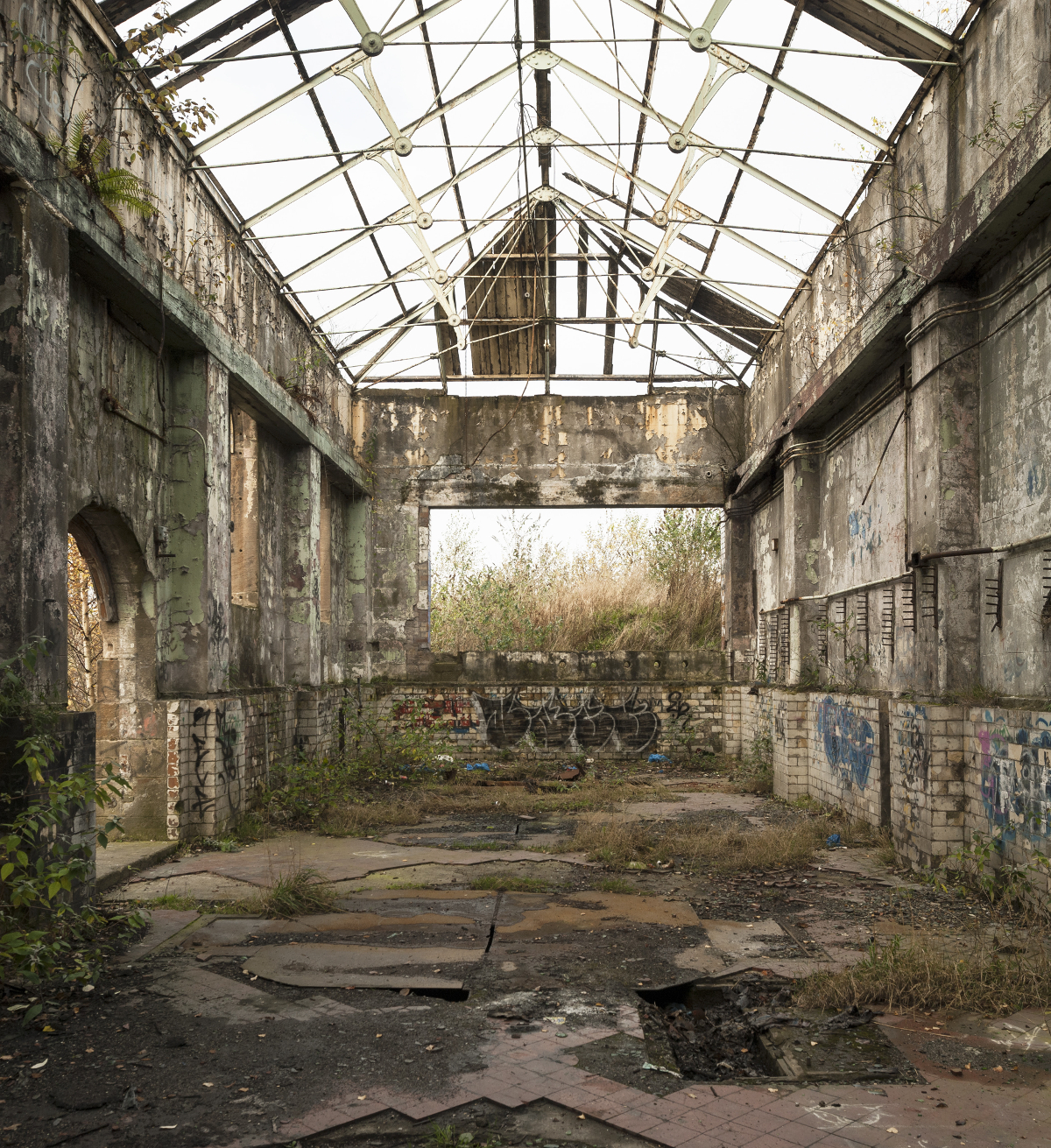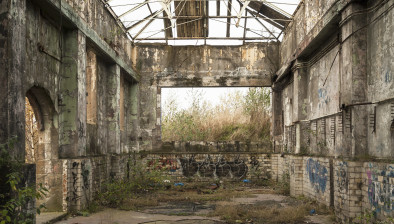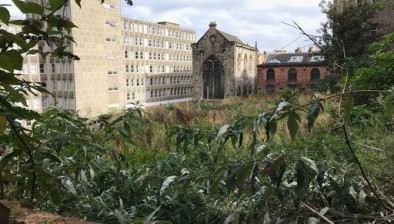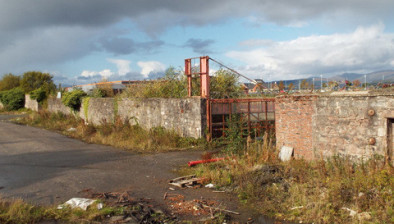Glasgow City Council makes steady progress on regeneration of derelict land
A report carried out by Glasgow City Council has revealed that between 2017 and 2018, 66.4% of vacant and derelict land in the city has been developed for housing.

The data provided by the Scottish Vacant and Derelict Land Survey (SVDLS) revealed that the equivalent of 90 full-sized football pitches have been brought back to use within one year in the latest 2018 figures.
The study found that between 2017 and 2018, Glasgow saw a 64-hectare reduction in vacant and derelict lands, this is a 6.4% decrease from 1069 to 1005 hectares. There was also a reduction in the number of vacant and derelict sites, from 761 to 721. The reduction between 2016 and 2017 was 3.9% or 42 hectares.
A proportion of the land has also been regenerated for uses including transport, recreation and leisure.
Glasgow has consistently had the highest concentration of vacant and derelict land of any Scottish city, and it is recognised that this has arisen as a result of fragmented ownership, poor ground conditions, and inadequate infrastructure on many sites. Together these factors combine to act as a brake on the economic potential of Glasgow, and very often these sites are found in the areas affected most by deprivation.
Most of the remaining vacant and derelict land can be found in the north and east of the city, and 349 of the sites are owned by the council. Earlier in 2019, the council presented it’s draft Vacant and Derelict Land Assets Plan as it gears up to make use of these sites in future years.
Just over £3.5 million has been provided by the Scottish Government to help deal with long-term vacant and derelict land in Glasgow. In doing this, economic growth and employment will be stimulated alongside the development of a diverse and sustainable environment. This will further help communities flourish and reduce inequalities. This funding will also go towards the potential treatment and/or investigation of over 37 hectares of vacant and derelict land.
The council will spend a further £3.5m provided by the Scottish Government to tackle this issue in the current financial year.
The council’s focus in tackling this issue will include remediating former brownfield/industrial sites, assist the delivery of sites and infrastructure to support job creation, and put greenspace on sites where there is no potential for development in the short to medium term.
It is proposed that the funding allocation will be spent across the city at sites in the Broomielaw, Cadder, the canal corridor, Dalmarnock, Dawsholm, Govan, Laurieston, Shettleston and Toryglen.
Councillor Kenny McLean, city convener for neighbourhoods, housing and public realm at Glasgow City Council, said: “For far too long, the scale of vacant and derelict land in Glasgow has blighted communities and held back our economic growth. While we are now seeing the acceleration of a trend to bring back this land for a variety of uses that will benefit the city, much remains to be done, and we look forward to working with our partners in the public and private sectors to reclaim these sites and allow their development.”









